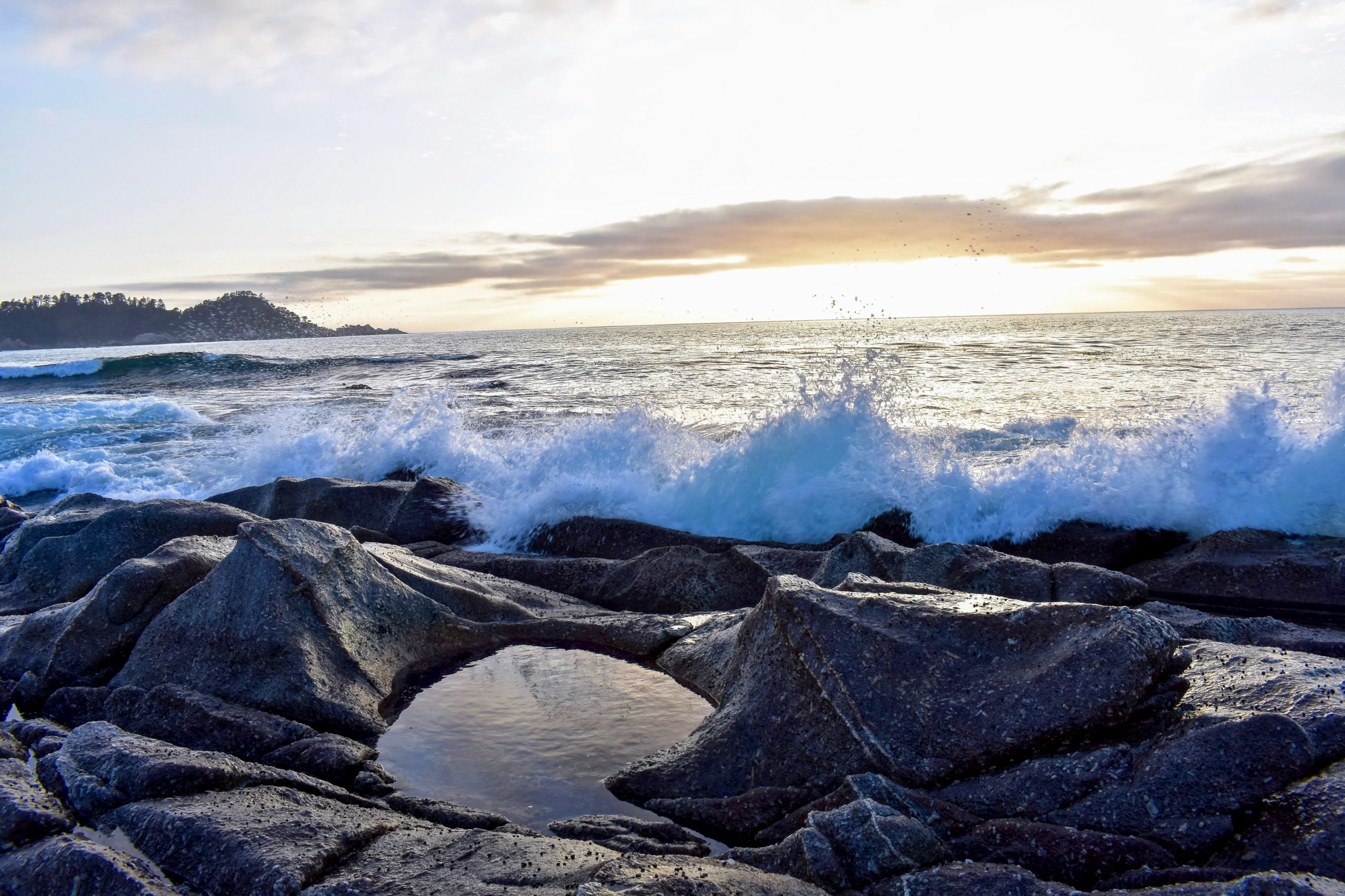
Sanctuary Toolkit Launched to Work with Communities to Expand and Strengthen Sanctuary System
Silver Spring, Md. – November 16, 2022 – As the global climate conference, COP 27, wraps up, the National Marine Sanctuary Foundation is calling on the Biden Administration to make ocean protection a key national strategy to address climate change and its impacts by investing $250 million in Inflation Reduction Act funding in community-based expansion of the National Marine Sanctuary System and strengthening its resilience to climate change.
To stem biodiversity loss, increase access to nature, and reduce climate change impacts, the U.S. set a goal to conserve 30 percent of our lands and waters by 2030. Creating and expanding national marine sanctuaries will be critical to achieving this goal. Currently, marine protected areas cover 26 percent of U.S. waters, mostly in the Pacific. Less than 2 percent of waters around the continental U.S. are in protected areas, leaving large gaps in protection of species, habitats, and maritime heritage.
“Our future depends on healthy ocean and Great Lakes. The ocean must take center stage in national and global strategies to fight climate change,” said Kris Sarri, president and CEO of the National Marine Sanctuary Foundation. “Americans overwhelmingly support more government action and funding for protected areas in our ocean and they are one of the most effective tools to help wildlife and habitats adapt to the impacts of climate change. The Biden Administration must help communities invest in expanding and strengthening our National Marine Sanctuary System.”
To support community-led efforts to nominate new national marine sanctuaries, the Foundation launched an online toolkit that provides a step-by-step process on how to protect treasured places in the ocean and Great Lakes as a sanctuary.
Like our national parks and wildlife refuges, the U.S. needs a system of protected areas in our ocean and Great Lakes that represent diverse ecosystems, protects our cultural heritage, and safeguards biodiversity and its contributions to people. Expanding our national marine sanctuaries will help us achieve these goals and engage communities in conservation. Currently, communities in New York, Pennsylvania, California, Hawaii, Alaska, and the Mariana Islands are gathering support for protecting our ocean and Great Lakes as sanctuaries.
The toolkit, available through the National Marine Sanctuary Foundation website on an ESRI storymap, walks users through NOAA’s sanctuary nomination process in detail and links to useful resources that will help create a compelling nomination. The toolkit is designed to lead interested community members through the process from beginning to end. The toolkit is part of the Save Spectacular campaign celebrating the 50th anniversary of the National Marine Sanctuaries Act.
National marine sanctuaries and other marine protected areas (MPAs) are effective tools to protect the ocean, improve our understanding of how the climate impacts resources, and strengthen resilience. According to a nationally representative survey conducted by NORC at the University of Chicago, two-thirds of Americans favor providing increased funding for community-led efforts to create more marine protected areas, including national marine sanctuaries.
Marine sanctuaries support coastal communities and drive local economies by providing jobs and opportunities for people to discover, recreate, and form life-long connections with these spectacular places. They connect people and communities with endless opportunities for discovery and enjoyment. And they safeguard our seascapes, protect awe-inspiring species, and preserve cultural and maritime heritage.
###
The National Marine Sanctuary Foundation, established in 2000, is the official non-profit partner of the National Marine Sanctuary System. The Foundation directly supports America’s national marine sanctuaries through our mission to protect species, conserve ecosystems and preserve cultural and maritime heritage. We accomplish our mission through community stewardship and engagement programs, on-the-water conservation projects, public education and outreach programs, and scientific research and exploration. The Foundation fosters innovative projects that are solution-oriented, scalable and transferable, and develop strategic partnerships that promote the conservation and recovery of species and their habitats. Learn more at marinesanctuary.org.
Contact: Chip Weiskotten
Director of Strategic Communications
518-669-3936
chip@marinesanctuary.org
